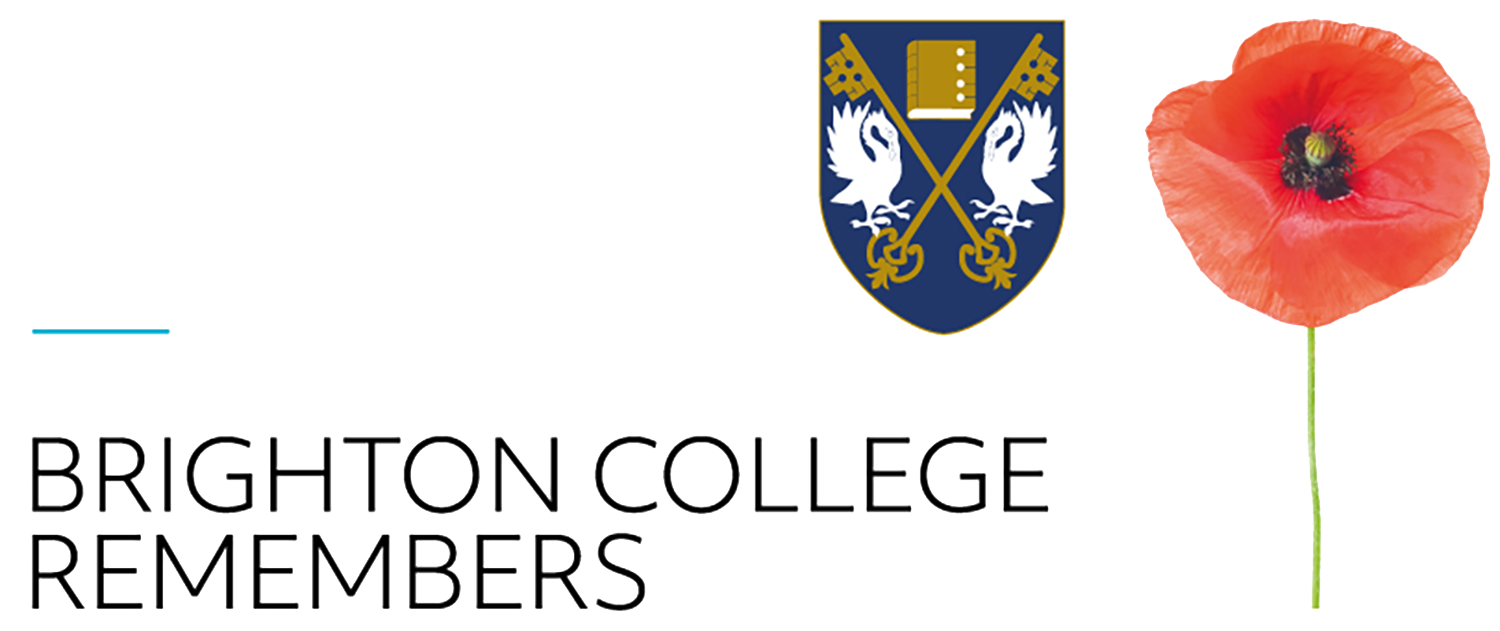Captain, Royal Warwickshire Regiment
Born: August 4th 1890
Died: September 21st 1918
Age at Death: 28
Killed in action, nr. Cambrai, France, September 21st 1918.
Son of W.W. Westwood of Wetheringsett Manor, Stowmarket, Suffolk.
Brother to Charles W. Westwood.
A donation to the memorial statue has been made in honour of this soldier by Rhona Sim:
"No man is an island,
Entire of itself,
Every man is a piece of the continent,
A part of the main.
If a clod be washed away by the sea,
Europe is the less.
As well as if a promontory were.
As well as if a manor of thy friend's
Or of thine own were:
Any man's death diminishes me,
Because I am involved in mankind,
And therefore never send to know for whom the bell tolls;
It tolls for thee.
(John Donne 1624)"
Another donation to the memorial statue has been made in honour of this soldier by Tom Taylor (School House).
Alfred Herbert Westwood
Alfred Westwood was born on 4 August 1890 in Handsworth, Birmingham. He was the younger of two sons of William, described as a ‘refiner and bullion dealer’, and Elizabeth. William Westwood was a partner in the Silverware business Charles Westwood and Sons, whose pieces occasionally fetch high prices at auction today, and from that and their live in servants it must be assumed that they were relatively prosperous.
Westwood had a successful academic and sporting career at the school. He played football in the Second and First XIs, although one match report noted that ‘…he goes very hard, but has little control over the ball’. He was also a member of the OTC, reaching the rank of Colour Sargent by his final year in 1909. Clearly respected by the Headmaster and teaching staff he was appointed a School Prefect in 1908 and was made a member of the so-called “Play-ground” committee which appears to have been set up to oversee extra-curricular activities. In 1910he went up to Christ’s College, Cambridge. There he evidently rowed for his College, there are mentions of this both in the Christ’s College record and in the ‘Cambridge Letter’ send by Old Brightonian undergraduates to the school magazine. There is also a hint in the same letter that he was involved in some kind of motor-cycle accident:
“We know that P. Hazeldine [another O.B.] has been guilty of gross cruelty to a motor bike, and that Westwood was present throughout the whole journey, but did not once intervene”
Whether this, or other more salutary reasons such as ill health or financial difficulties, contributed to his early departure from Cambridge in 1912 without a degree is unclear. What he did in the two years between then and the war is also unknown. However, it is evident that he received on the 14 September 1914 a ‘temporary’ commission in the Royal Warwickshire Regiment, indicating that he volunteered very rapidly on the outbreak of war. The battalion, after a period of training, was sent to the Western Front in July 1915, where it appears that Westwood was wounded in August 1915 and then again in August 1916. On 21 September 1918 he was killed in action near Cambrai on the Western Front during the breaking of the infamous Hindenburg Line which formed such a crucial part of the final victorious campaign of the war. He is buried in the Commonwealth War Cemetery Extension in Perrone, France.
Source: LEST WE FORGET PROJECT, Brighton College 2014/15

